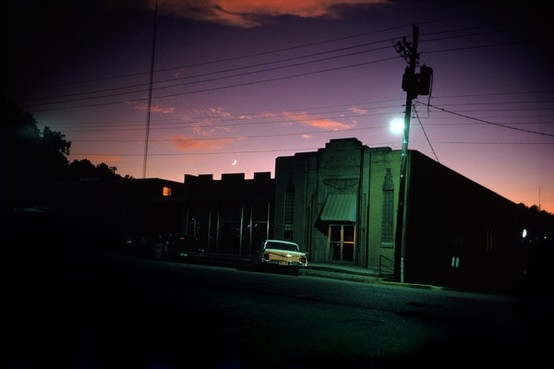In terms of sheer ambition, there really is no worthwhile substitute for 2001: A Space Odyssey. We are speaking of grand cinema here; a sprawling epic that traces mankind all the way back to its origins. We are speaking to a premise so ethereal, most directors would’ve fumbled it entirely. We are toiling in superlatives; discussing motifs upon the highest order. We are speaking to rich subtext – the kind that justifies 25 minutes void of dialogue at both ends. And – in that spirit – we are tampering with symmetry … a constant harbinger of Kubrick’s work, impacting everything from script choices to screen shots.
Keep in mind, 2001 was created several decades short of CGI. There were no digi-cams to speak of. There was no motion capture on the set. There was only Stanley Kubrick, and his inimitable ability to transform the average montage to a waltz. To watch 2001 today is to experience outer space as if on quaaludes – slow and tranquil, warm and hypnotic. It’s precisely the type of discipline that Terence Malick has wet dreams over, specifically because Space Odyssey possesses the innate ability to shift and evolve over time. During the four-and-a-half decades since it was originally released, 2001 has influenced everything from sci-fi to slick humor; mainstream culture to pro wrestling, and it’s slowly weaved its way into our consciousness as well.
But be warned: 2001 is only capable of casting its full spell provided one gives himself over to it entirely, preferably while seated in a dark room with sharp projection … cell phone powered down, Mac or PC powered off. This is the only way to truly appreciate the integral relationship between MAN and HAL; HAL and GOD; GOD and ALL; ALL and ONE. It’s a hell of a thing, watching this movie … if not a hell of a thing to witness mankind planting the eventual seeds of its own destruction.
2001 was the first, and – to this day – it is still the absolute gold standard.
I really think you should make some time to see it, Dave.
Dave … Dave?
Are you there, Dave?
Please confirm.

